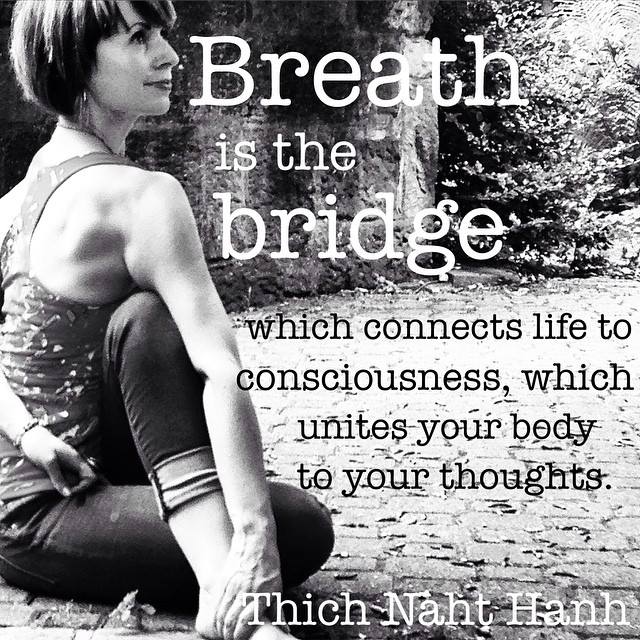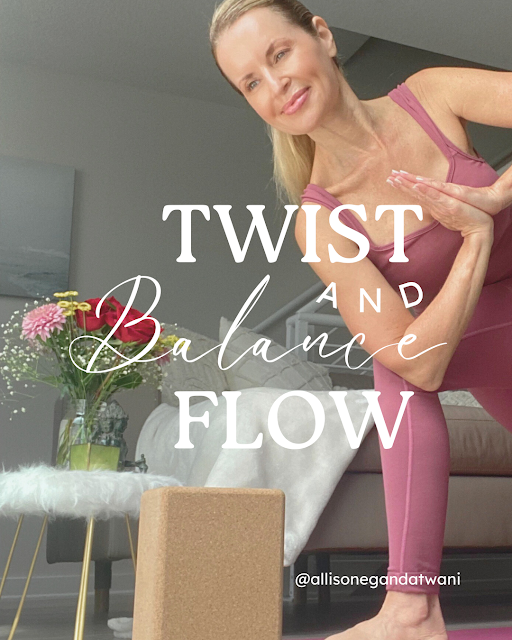How Pranayama (Breath Exercises) Eases Your Nervous Sytem
Coming to a fast stop while driving, tripping and catching yourself from what could have been a bad fall and just about anything that could use a 911 emergency call stimulates the fight or flight response. This response is an automatic reaction that happens in difficult and threatening situations. This state comes from our unconscious nervous system called the autonomic nervous system. The ANS consists of two parts, the sympathetic system and parasympathetic system. The sympathetic system energizes us to handle emergencies while the parasympathetic system relaxes us. When you're in a balanced state these two parts of our autonomic nervous system should work by turning on and off evenly in response to life's events.
Unfortunately in a world of hand held devices and designer coffee shops at nearly every corner, we can easily live in our overstimulated sympathetic nervous system most of the time. Living in high stress mode with our sympathetic nervous system revved up into high gear contributes to almost all forms of illness from anxiety attacks, to heart disease and hypertension to digestive and reproductive difficulties, as well as diabetes, back and joint pain, autoimmune disorders and insomnia.
Practicing pranayama/breath exercises wakes up your parasympathetic nervous system. Personally I've extended my nearly daily pranayama practice from 5 minutes to 20 minutes in the morning prior to my yoga posture practice. My inspiration to do so came from changing it up for myself and students plus handling life's stressors needed a new and improved antidote. Now that my breath practices have been extended, I've noticed my physical yoga practice is easier to move through as well as getting my day started plus an overall state of being able to go from high stress chest tightening moments to a relaxed calm state happens easier than before.
Once you study with an experienced pranayama teacher and develop a regular practice, there will be a point during your breath work where your salivary glands will wake up and fill your mouth with saliva. This is a sign of being in your parasympathetic system. When you reside in your rushed sympathetic system you will notice you can go on and on without eating and drinking. In other words your digestive system shuts down. Taking the time each day to practice pranyama be it 5 minutes or more is a great way to exercise being in the parasympathetic nervous system. Over time your body's pull toward nervously racing in your sympathetic nervous system will be reduced plus there will be a decrease in the health risks associated with that overstimulation.
Please join me if you can for the last two Fridays in June at 1:30pm at Bamboomoves Yoga in Englewood, NJ for my Need a Break to Breathe? Summer Pranayama Classes. Here we will break down yoga's breath exercises while resting in restorative yoga poses followed by a meditation. All are welcome. Please register at www.bamboomovesyoga.com Click into Englewood workshops.


